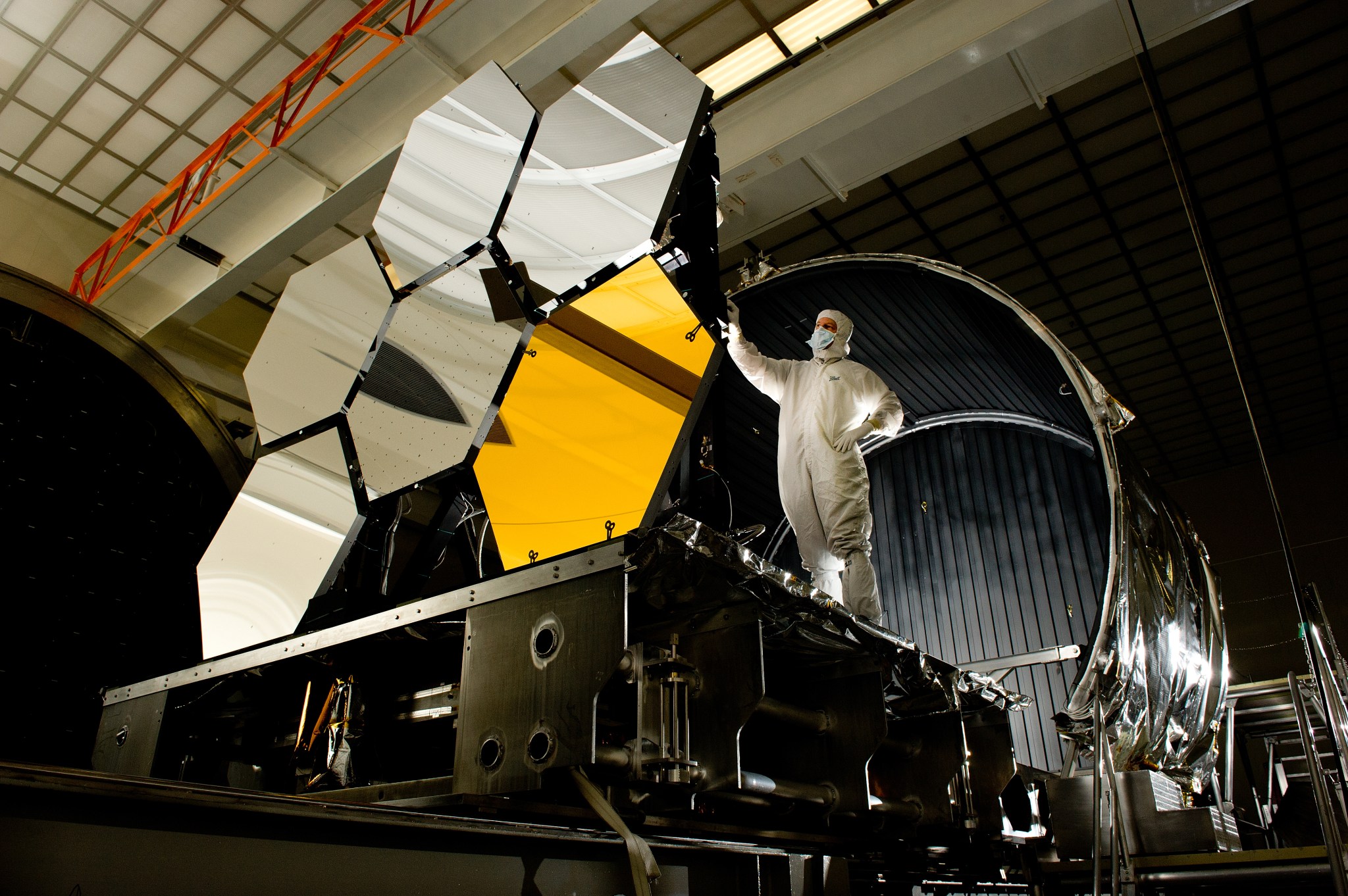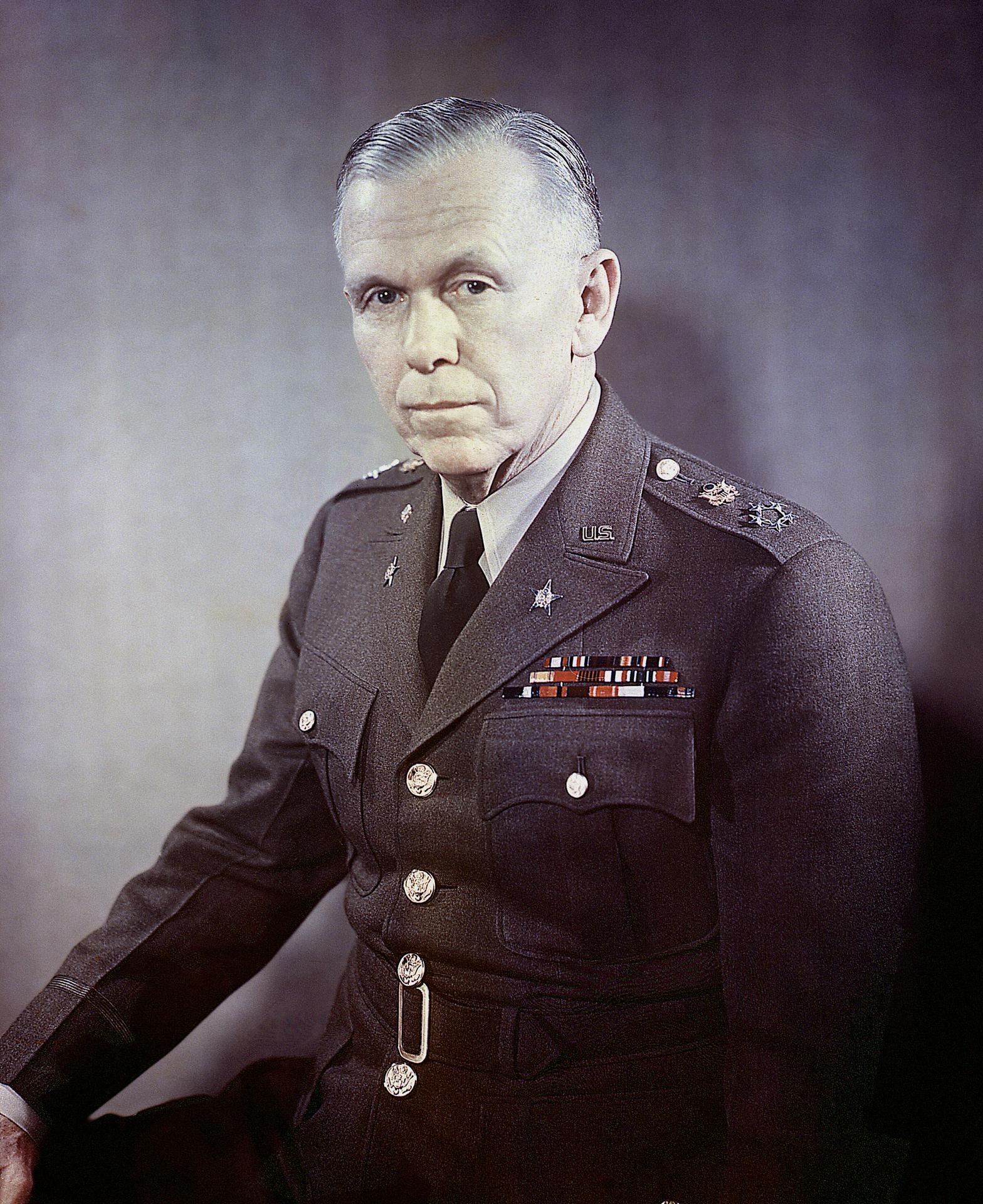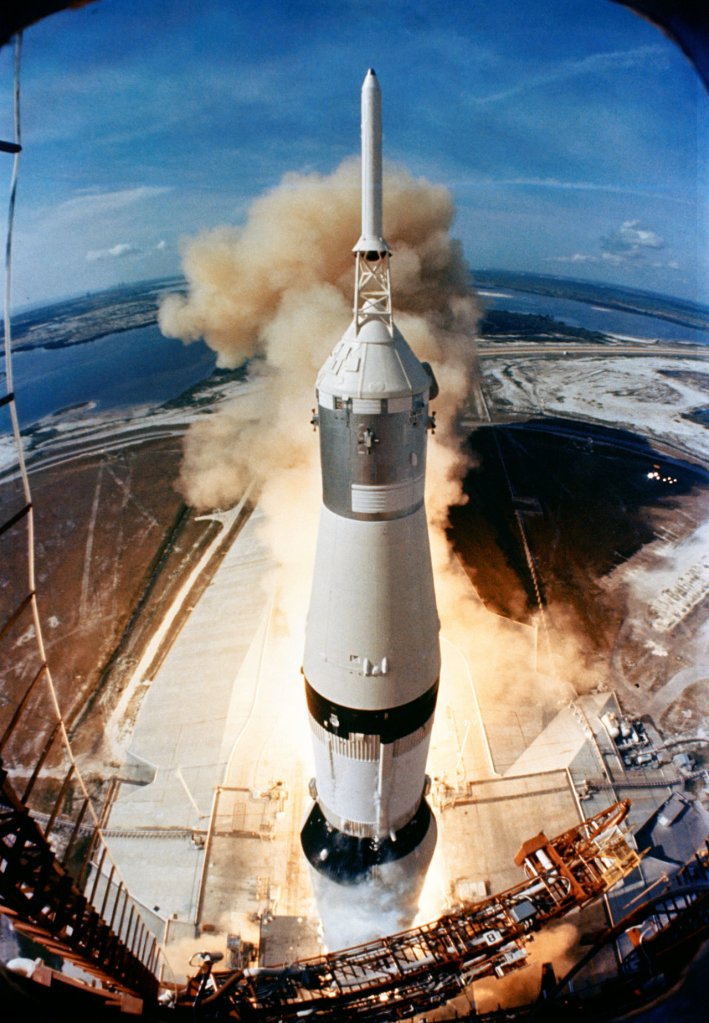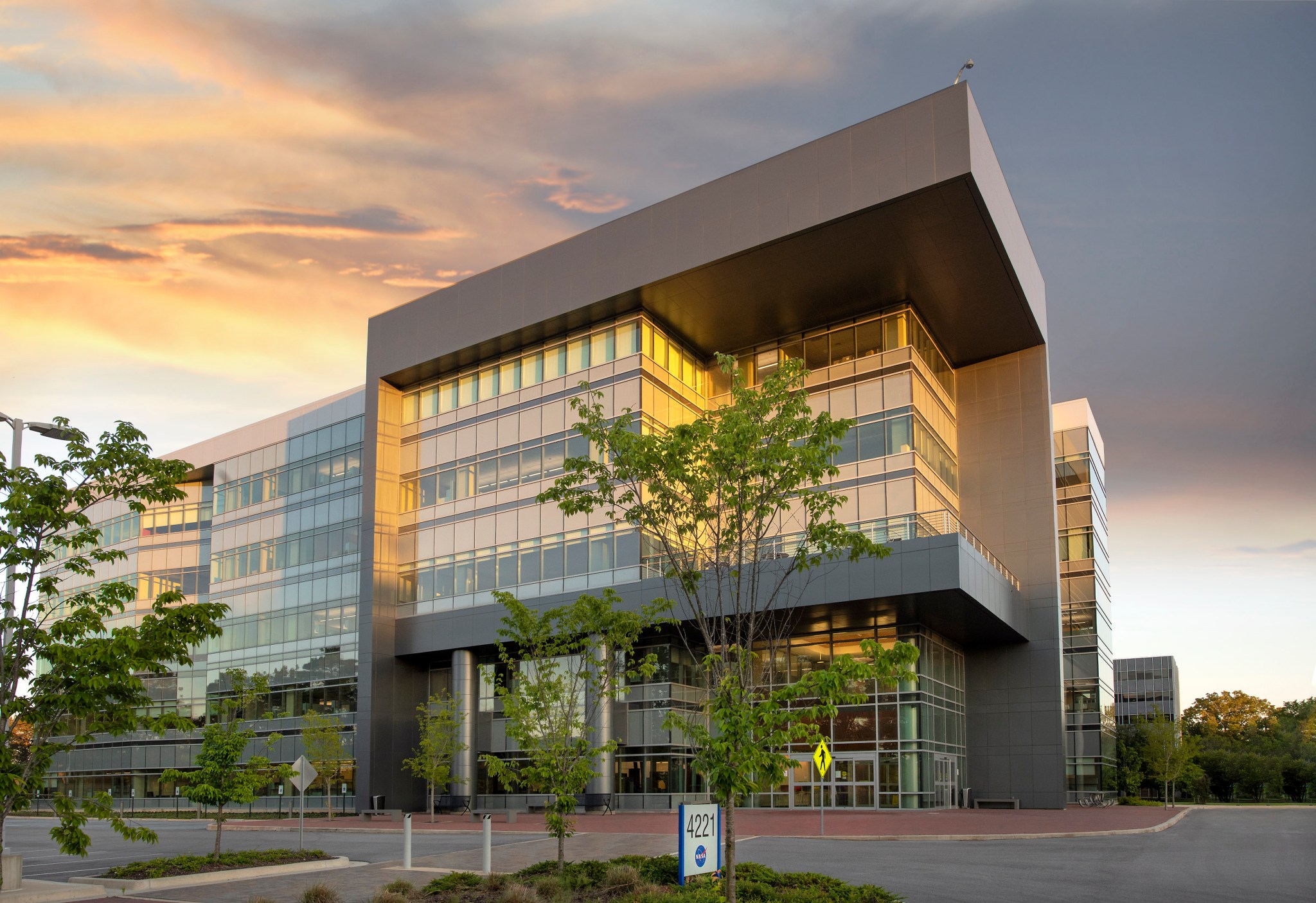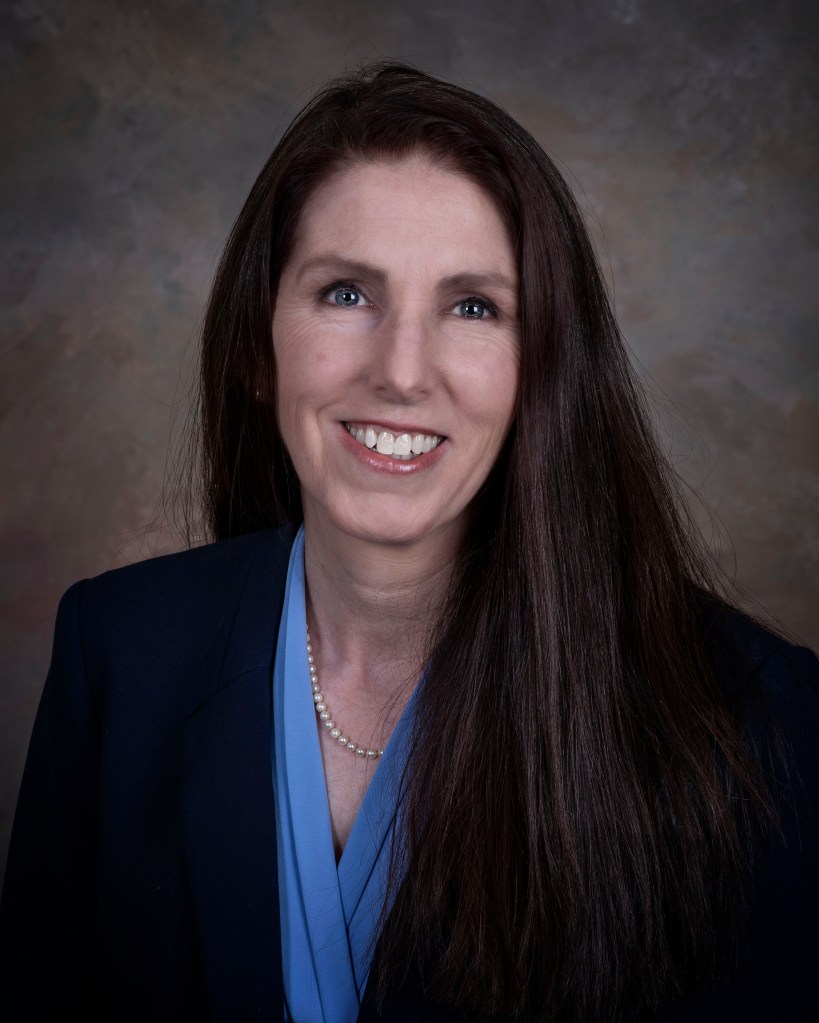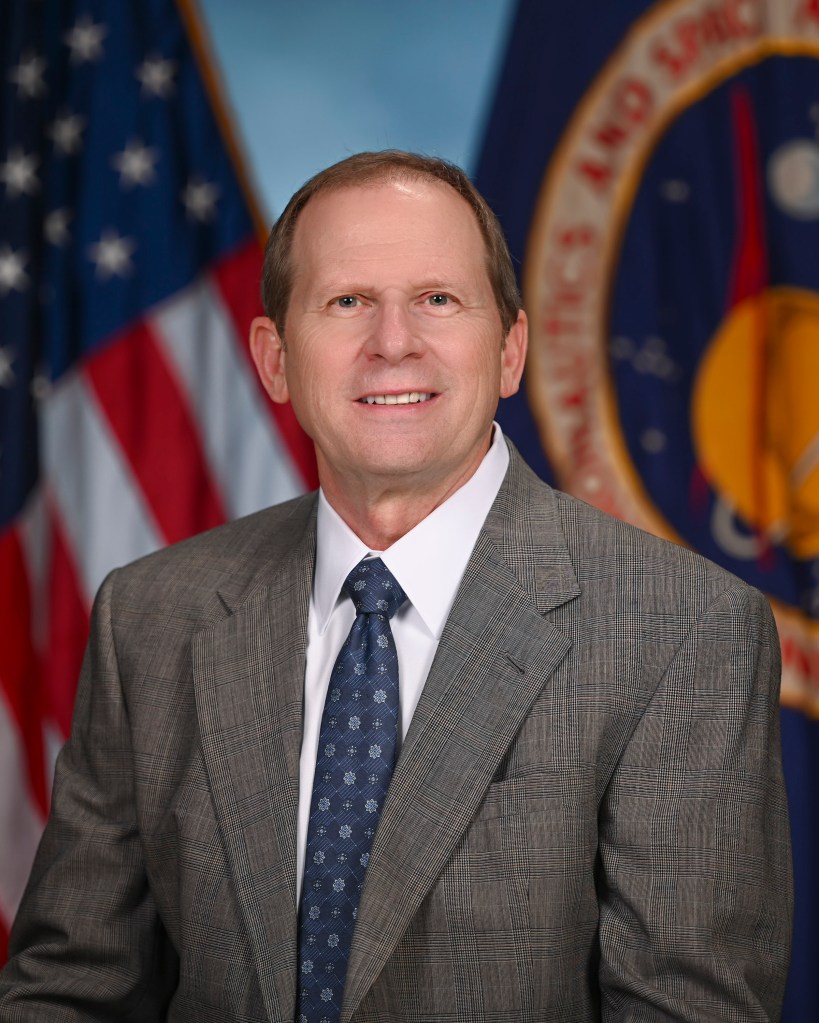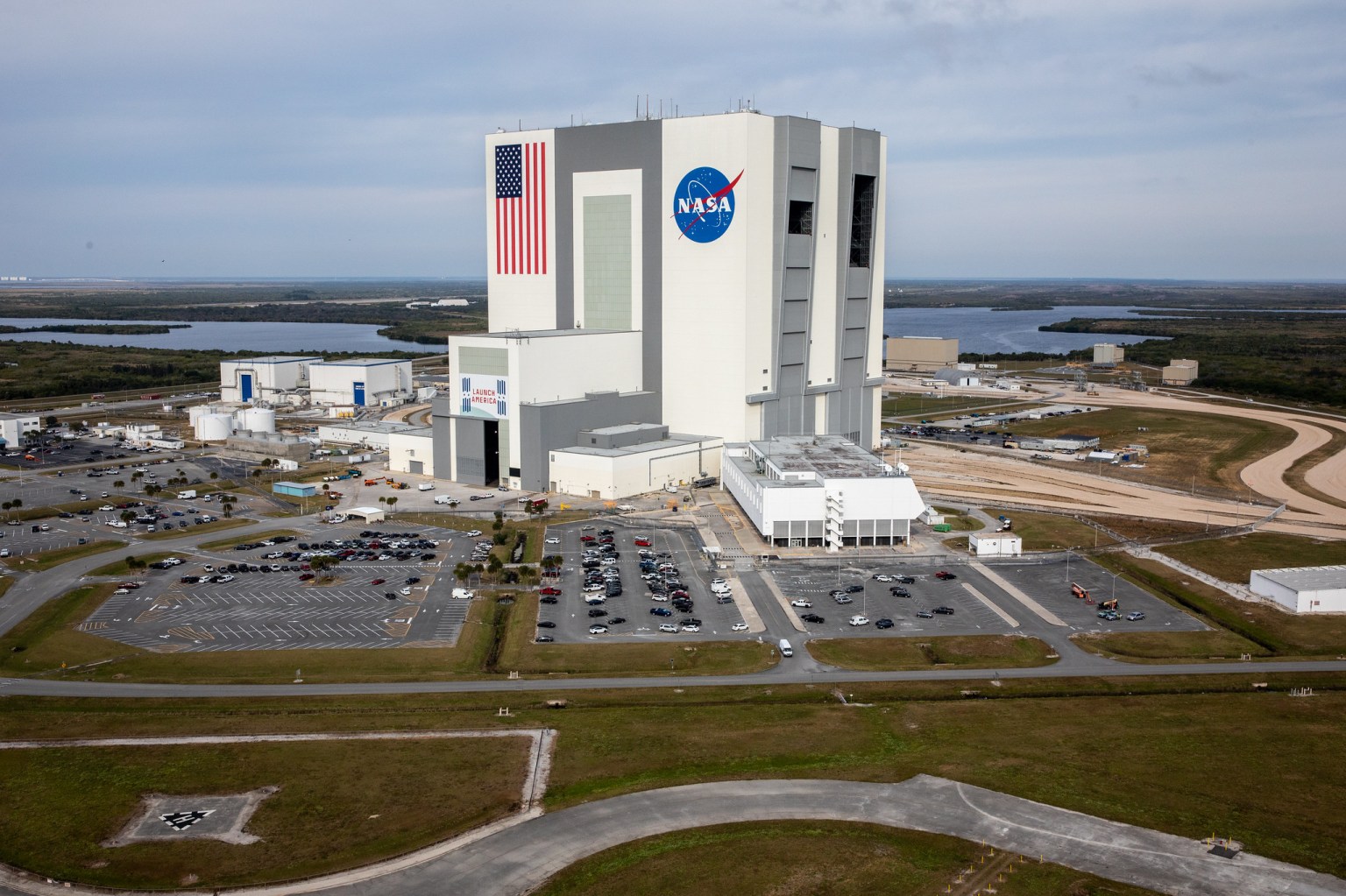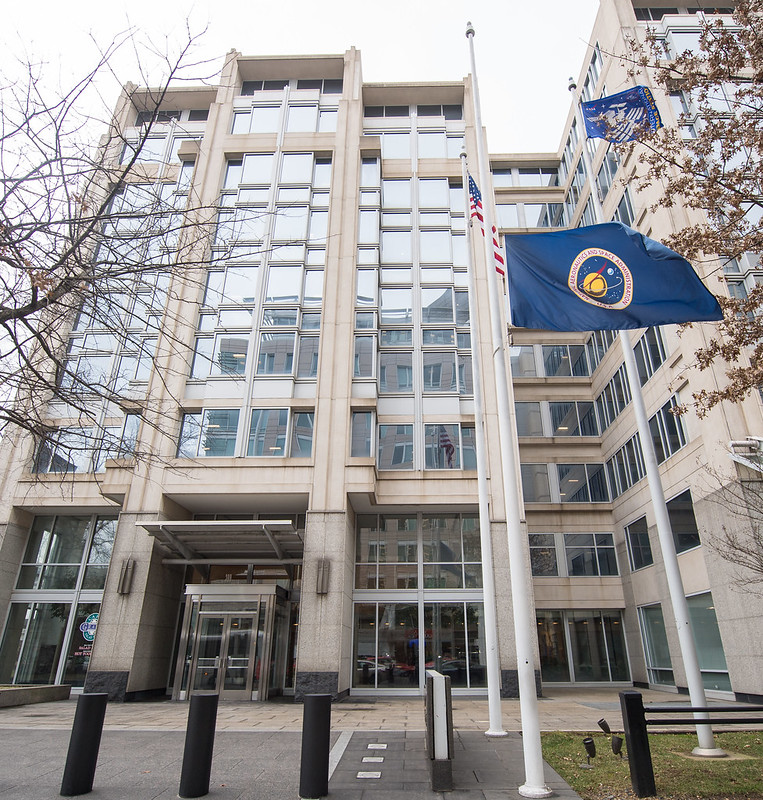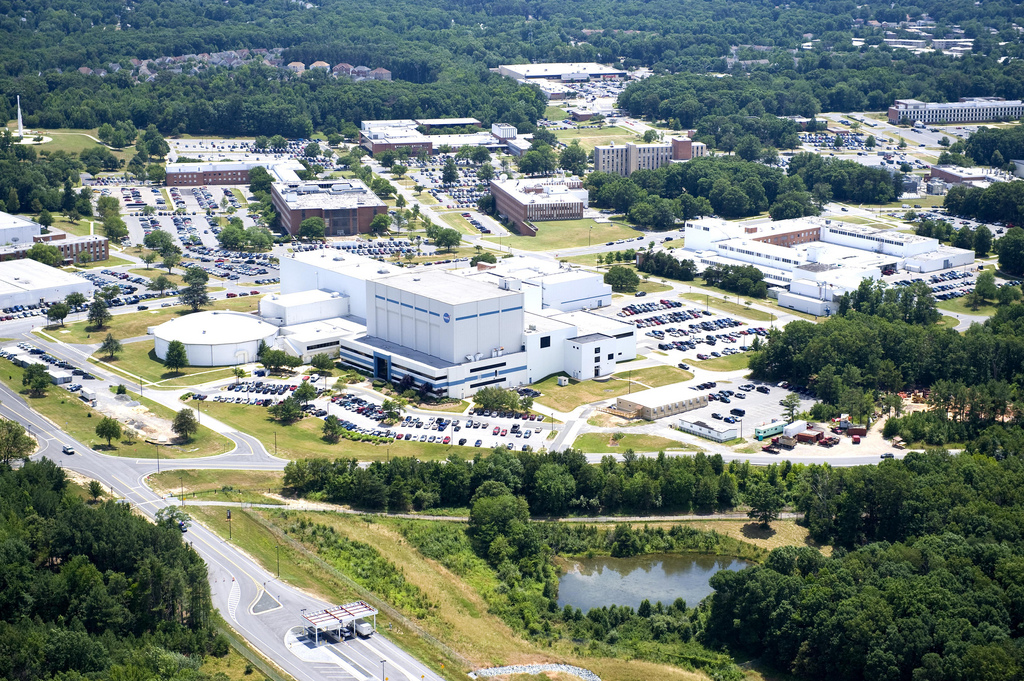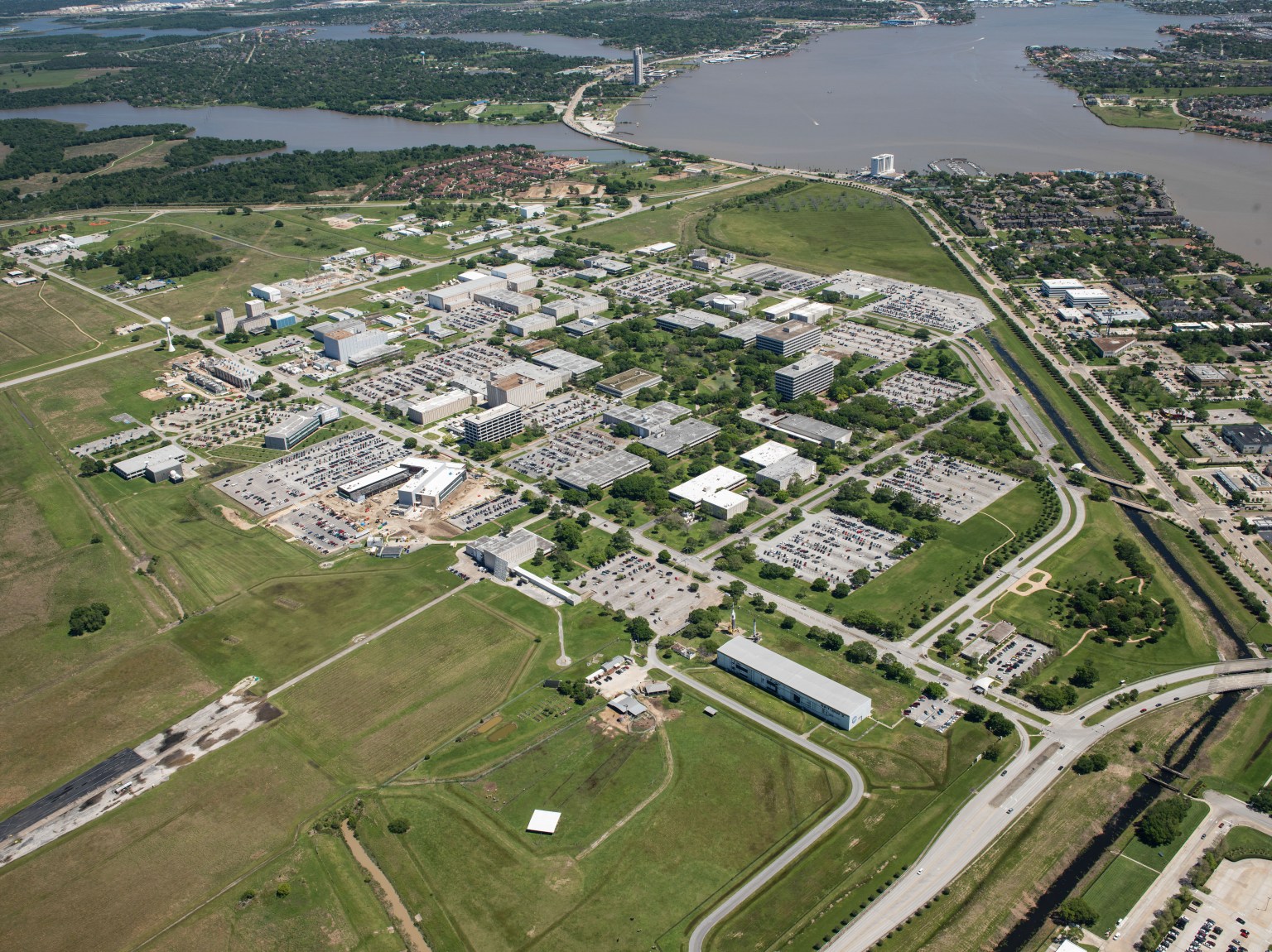About Marshall
Marshall Space Flight Center is a leader in human spaceflight and space science. We believe that space exploration, discovery, and innovation can make the world a better place.
Quick Facts
Marshall Leadership
Founded July 1, 1960, in Huntsville, Alabama, Marshall is one of NASA’s largest field centers, with a total workforce of more than 6,000 employees and an annual budget of approximately $5 billion.
NASA and its government and commercial partners have solved spaceflight’s most complex, technical problems here for nearly six decades, dating back to the groundbreaking Apollo moon missions of the 1960s and ’70s. Marshall’s expertise and capabilities are crucial to the development, power and operation of the engines, vehicles and space systems America uses to conduct unprecedented missions of science and exploration throughout our solar system, enabling or enriching nearly every facet of the nation’s ongoing mission of discovery.
Marshall makes human space exploration possible in many ways, including its bold, practical leadership in complex engineering and manufacturing techniques; advanced and alternative propulsion technologies; developing and testing large, integrated space systems, landers and planetary excursion vehicles; and conducting life-enriching scientific research.
To enable NASA’s human and robotic exploration missions, Marshall maintains a broad spectrum of design, development, and testing capabilities. Marshall also works together across scientific and engineering disciplines to design, develop, integrate, test and operate complex systems utilizing unique facilities, expertise and capabilities.
Propulsion is the foundational capability for all space exploration, and Marshall has been a part of every major propulsion development in NASA’s history. The Center’s expertise in traditional solid and liquid propulsion systems, as well as advanced systems such as solar sails and nuclear propulsion, enable a diverse array of spacecraft and missions for the future of exploration.
Marshall maintains the most exhaustive collection of materials properties data in the world. The Center is also working to develop new manufacturing technology and techniques applicable to the smallest engine components or the largest cryogenic fuel tanks. Pioneering work in friction stir welding, ultrasonic welding, and additive manufacturing all contribute to reduced costs, greater reliability, and faster development times.
Since the very first payloads went into space, Marshall has played a vital role in managing payload systems and mission operations. The center continues to support living and working on the ISS, plan future systems for life support and scientific research, study space environment effects, and operate a comprehensive suite of environmental testing facilities to verify hardware prior to flight.
Marshall’s scientific research includes a broad array of earth science, heliophysics, astrophysics, and planetary science investigations. These experiments include missions from the smallest nanosatellites and suborbital sounding rockets to management of Chandra, one of the Great Observatories. With Earth science projects like SERVIR, Marshall leads the way in timely delivery of science data to those who need it most.
Marshall Space Flight History
History of pioneering spaceflight and innovation
Since its beginning in 1960, Marshall has provided the agency with mission-critical design, development and integration of the launch and space systems required for space operations, exploration and scientific missions.
Marshall’s legacy in rocket engineering includes providing the Saturn rockets that powered Americans to the moon and the Lunar Roving Vehicle that aided exploration of the moon; managing the development of Skylab, America’s first space station; developing space shuttle propulsion systems and experiments, including Spacelab; building the Hubble Space Telescope and the Chandra X-ray Observatory; and building the International Space Station’s laboratory modules and experiment facilities and operating station science experiments.
Learn More about History of pioneering spaceflight and innovation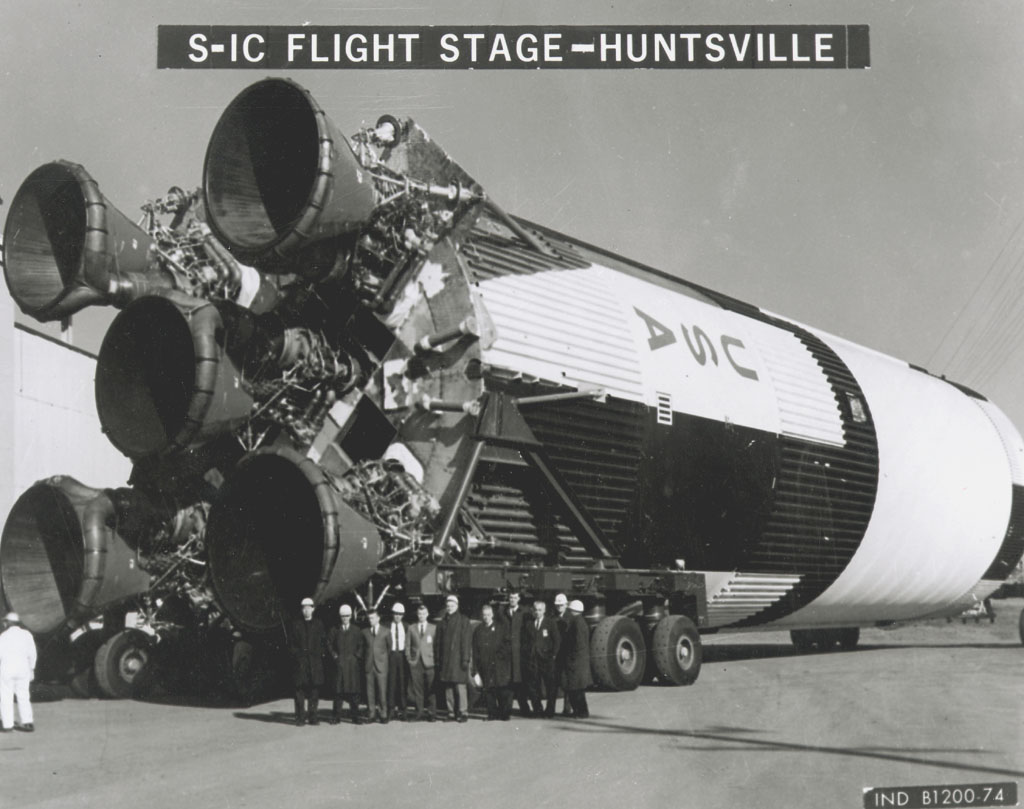
Do Business with Marshall
Learn how you can work with NASA's Marshall Space Flight Center. Companies, academic institutions, state and other federal agencies can use NASA resources to support their needs and initiatives that align with NASA’s mission.
Learn More about Do Business with Marshall